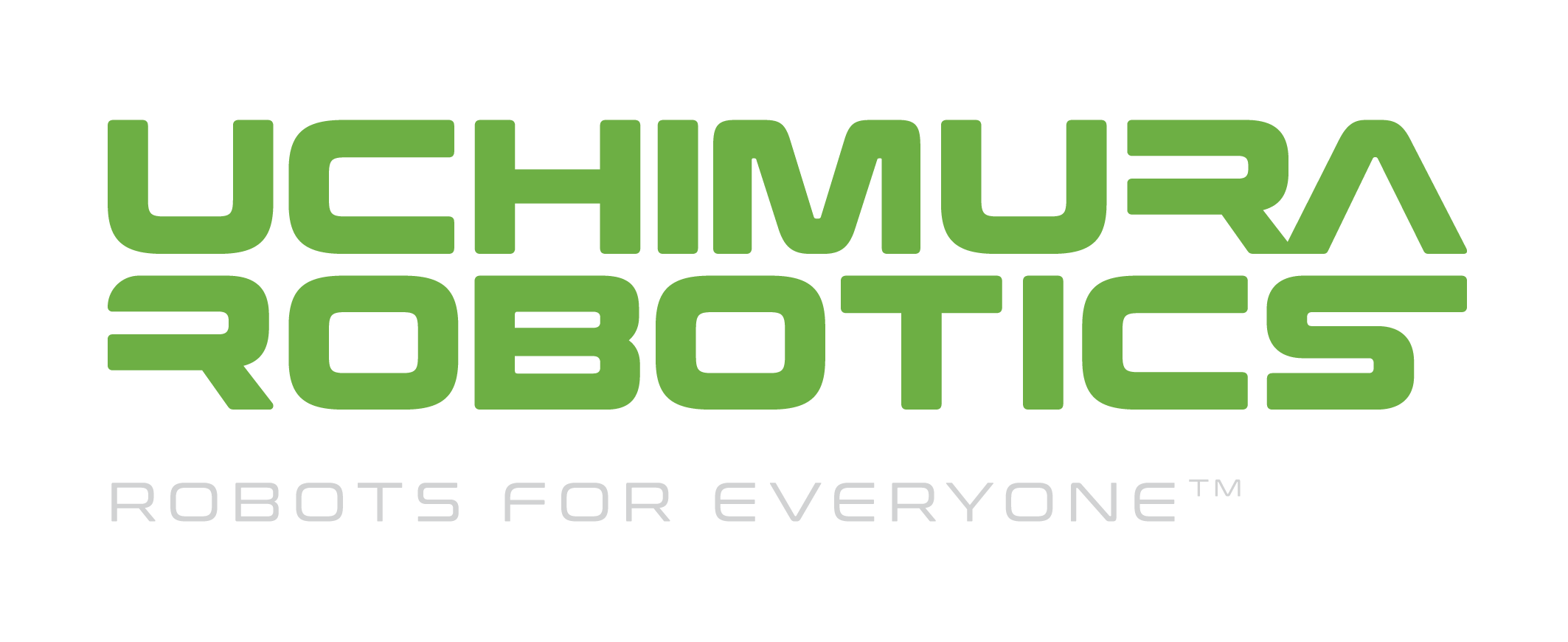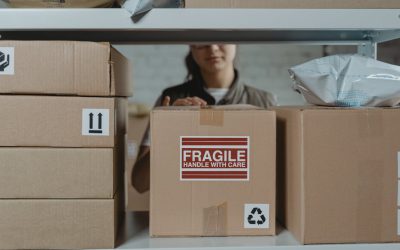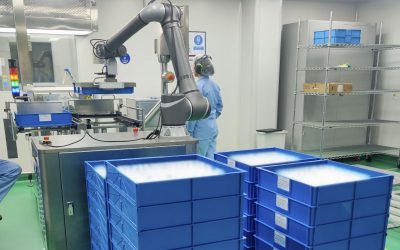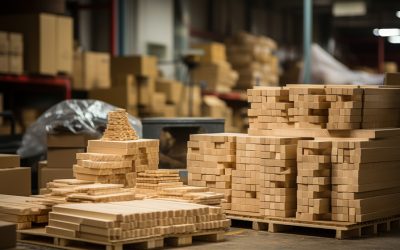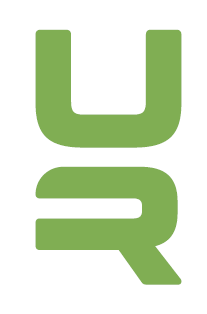UCHIMURA ROBOTICS IS A CUSTOM MACHINE INTEGRATOR SPECIALIZING IN COLLABORATIVE AND INDUSTRIAL ROBOTS.
Welcome To
Uchimira Robotics
At Uchimura Robotics, we believe automation isn’t one-size-fits-all.
Every customer’s needs are unique, and our mission is to be your dedicated partner on your automation journey. We leverage diverse partnerships with leading cobot suppliers and out-of-the-box accessories to deliver tailored solutions that fit your specific challenges. With the expertise of our world-class team, we provide recommendations based on extensive experience to ensure you get the right tools for the job—helping you harness the full potential of today’s advanced automation technology.
BENEFITS OF AUTOMATING TURN-KEY:
Low risk: we design and install the system
Education minded: learn from us
Up Time: installs include on-site support
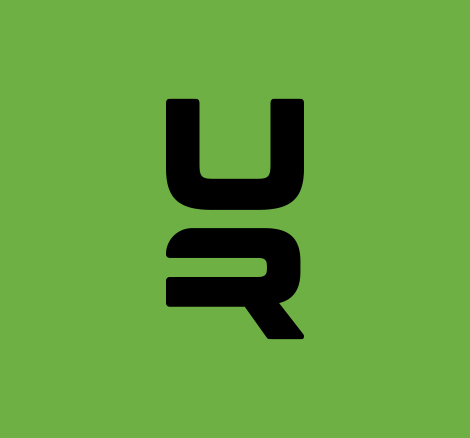
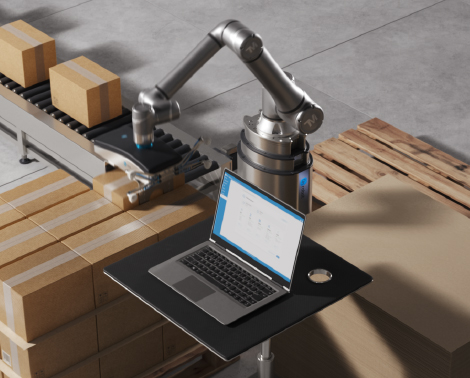
INDUSTRY APPLICATIONS

Palletizing
End of line packaging and stacking on pallets

CNC Machine Tending
Machine loading CNC mills, lathes, lasers, and more

Mobile Manipulators
Fully unlock flexibility with cobots mounted on intelligent mobile platforms
OUR partners

Techman
Techman Cobots combine cutting-edge technology with user-friendly design to transform your workflow. Experience smarter, safer automation for any application.
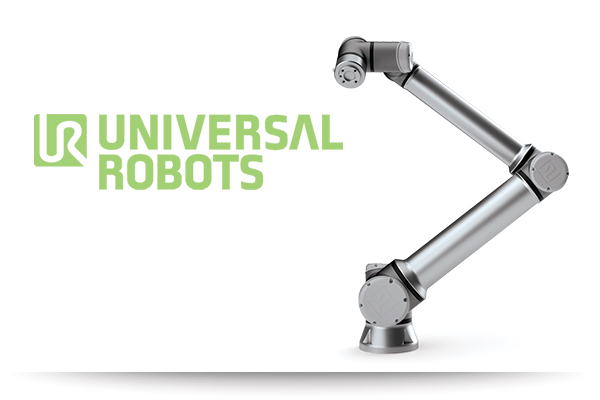
Universal Robots
pioneering flexible, collaborative automation for any industry. Simplify processes and boost productivity with the world’s most versatile cobots.
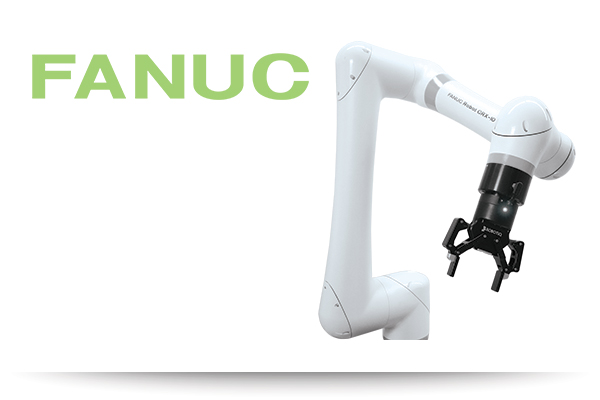
fanuc
FANUC CRX Cobots combine industry-leading reliability with intuitive design. Deploy faster, work smarter, and achieve more with collaborative automation.

robotize
Robotize AMRs are intelligent, efficient, and built to streamline your material handling. Optimize your intralogistics with flexible and reliable autonomous solutions.

OnRobot
Elevate your automation with OnRobot’s plug-and-play tooling. From gripping to sanding, these end effectors deliver unmatched flexibility and performance.

Flexibowl
Versatile, reliable, and designed for seamless part handling. Achieve faster, more efficient feeding for automation applications.
Your industry is evolving—Are you ready to adapt?
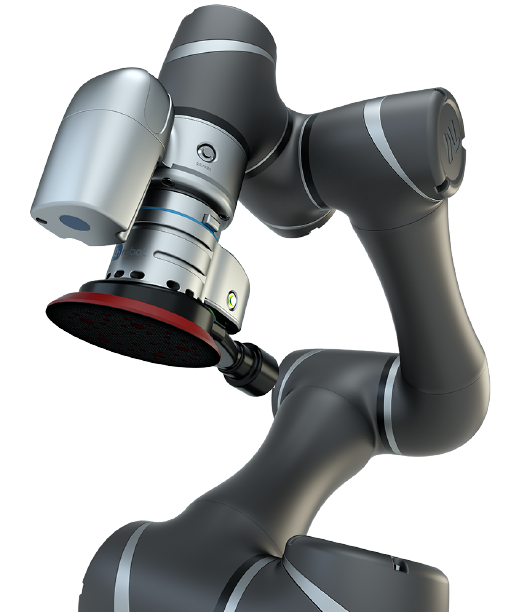
Smarter Automation
Harness the power of collaborative robots to improve productivity and flexibility.
Safer Workplaces
Protect workers with robots designed for seamless human-robot interaction.
Faster Integration
Achieve rapid ROI with easy-to-deploy solutions tailored to your needs.
Process
How We Work
Discovery and Assessment
We start with a comprehensive plant walkthrough.
Custom Solution Design
We develop a solution that fits your goals.
Seamless Integration
We handle installation and system setup.
Ongoing Support
We train your team for success.
Learn more about our free automation audits
Learn more about our free automation audits
Whats going on
LATEST NEWS & UPDATES
The Cobot on the Shelf That Never Got Deployed
How to Guarantee a First Deployment Success Modern collaborative robots (cobots) promise quick programming,...
How to Automate Pharmaceutical Palletizing: A Cobot-Mounted AMR Deployment Case Study Leveraging Lean Robotics for Safer, Smarter Factories
Palletizing, in simple terms, is the orderly stacking of products onto a pallet, ensuring that these items...
Bridging the Skilled Labor Gap: Can Automation Be the Solution?
Despite shifts in the economy, the demand for skilled workers continues to outpace supply. Many industries,...
